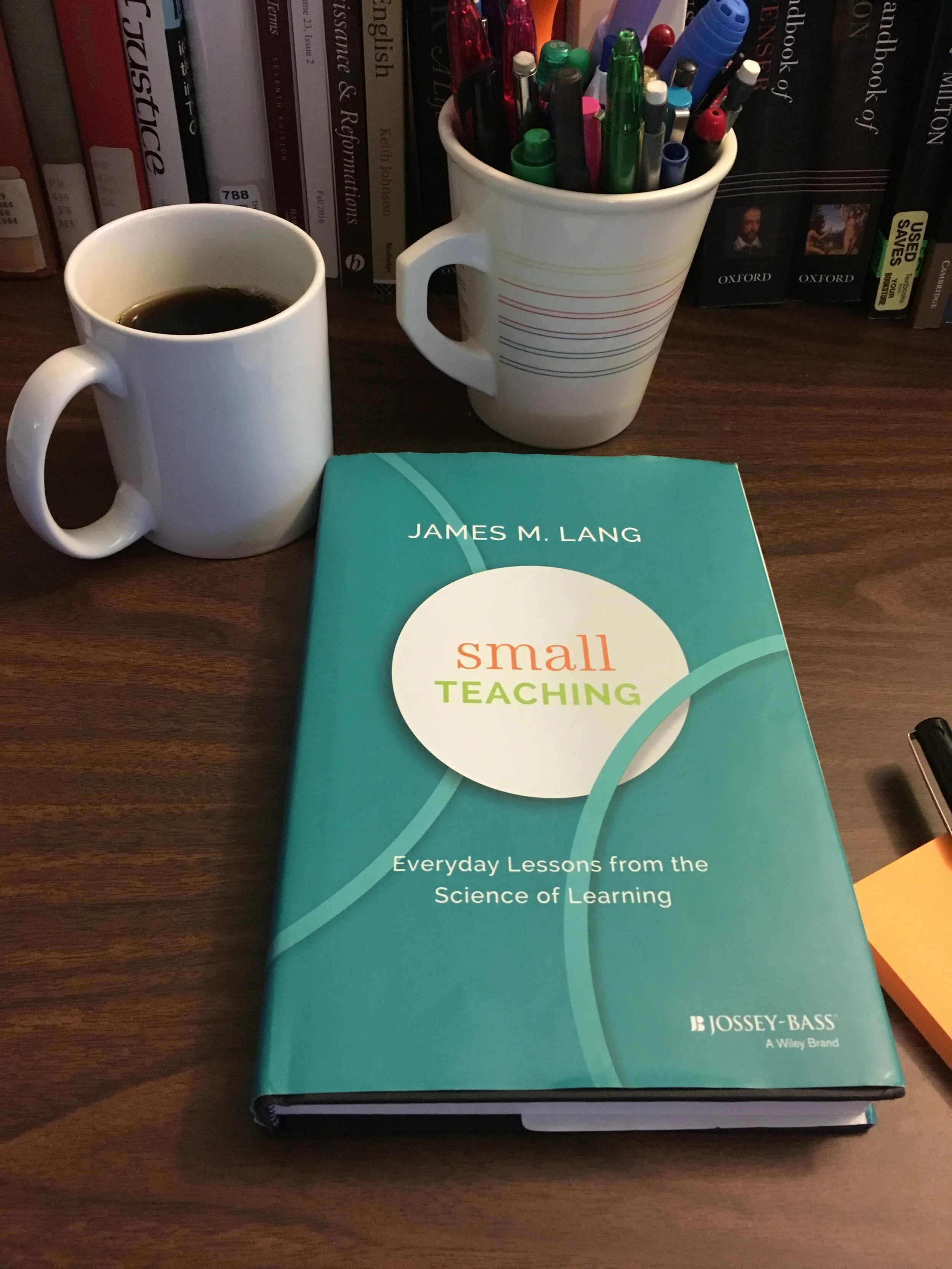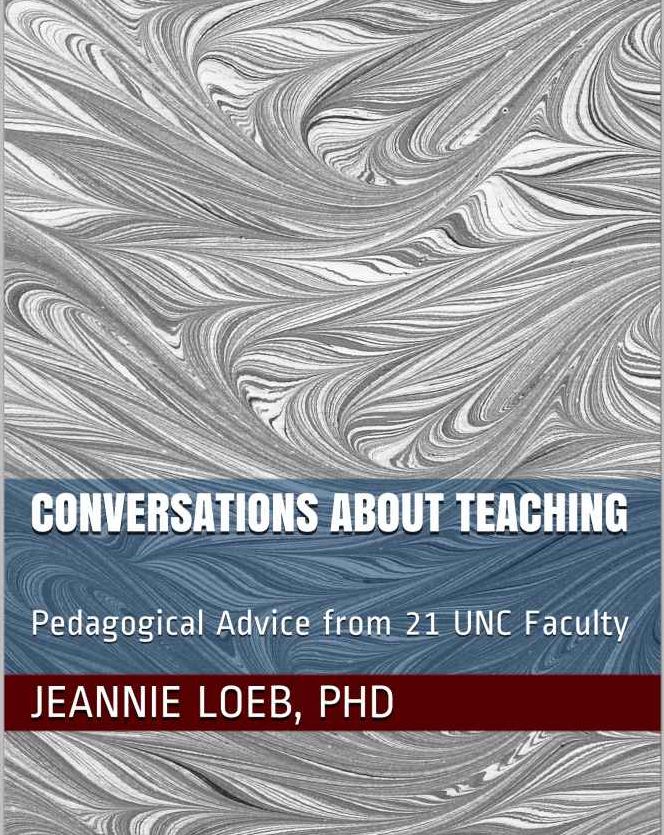Review: Teaching the Literature Survey
From time to time, I will use this space to share reviews of teaching-oriented resources. Today, I’m talking about Teaching the Literature Survey Course: New Strategies for College Faculty, ed. Gywnn Dujardin, James M. Lang, and John A. Staunton.
I can’t say enough good things about this book! Even if you don’t teach literature survey courses or you’re in an entirely different discipline, the assignments and approaches shared in Teaching the Literature Survey will spark your imagination. If you’ve ever started to plan a class and thought, “How can I possibly cover it all?” then this book is for you.
James M. Lang’s introduction to this collection of essays starts with a funny anecdote about Lang’s own experience as an undergraduate in a British literary survey course, in which his professor was replaced partway through the semester by a substitute from the Political Science department. Lang observes that the political scientist seemed to do just as good a job as the English professor in teaching the foundations of British lit, which leads into one of the main problems that this book aims to help solve: survey courses often end up focusing on the superficial goal of coverage, to the detriment of “deep learning” (Lang 1-2).
The essays in this volume frame the challenge of “deep learning” in different ways. Desirée Henderson, for example, argues that professors should “set aside the unreachable goal of comprehensive coverage” and instead focus on the skills that students should learn in their foundational explorations of a field (49). Henderson then shows how she uses a Team-Based Learning approach to teach problem-solving, analysis, and collaboration. In another thought-provoking chapter, Aaron Rosenfeld advises faculty to rethink the relationship between breadth and depth in introductory courses, describing his own literature survey that’s organized non-chronologically by using a single text (Eliot’s “Love Song of J. Alfred Prufrock”) as a point from which rhizomatous networks of other literary works emanate, reaching backward, forward, and sideways in history.
The practical strategies in Teaching the Literature Survey fall mostly into two broad categories: syllabus/reading schedule design and assignment design, with many rich, detailed examples of each. In the category of “syllabus/schedule design” you’ll read about Aaron Rosenfeld’s “lateral reading,” Chris Walsh’s “blank syllabus” in which students flesh out the schedule with their own suggestions, Kristin Lucas and Sarah Fiona Winters’ themed courses that explore literary history non-chronologically through the lens of a single topic (such as “friendship” or “love and loss”), and more. The contributors also share a wide variety of intriguing assignments, including Scott L. Newstok’s “creative imitation,” Joan Varnum Ferretti’s role-playing games using the Reacting to the Past system, and Jennifer Page’s digital curation projects. In one of the most thought-provoking chapters, Kevin Borque describes a British literary survey that uses London as a focal point, in which students create digital mapping projects.
All of the chapters invite readers to think creatively about how learning goals, reading schedules, and assignments can relate to one another. Best of all, each chapter contains an appendix of sample documents that have actually been used in the author’s classes.
At my university, English literature majors are required to take two foundational surveys: British Literary Traditions and American Literary Traditions. Brit Lit Traditions is one of my regular courses, and I have struggled with how to “cover” the entirety of British literary history in a single 14-week semester. In the past, I’ve taken a fairly traditional approach, with canonical texts and multiple-choice exams that focus on the fundamental features of each author, text, and historical period. In most of my other courses I eschew multiple-choice examples, but the imperative to give students a broad foundation in British literary history has actually led to Brit Lit Traditions being by far my most old-school class, mimicking the types of survey courses that I took as an undergraduate. Teaching the Literature Survey has caused me to question many of my assumptions, most notably:
- “Coverage” may not be the best learning goal
- Exams may not be the best way to assess students’ learning
- Traditional assignments might not inspire the kind of enthusiastic “deep learning” that I really want from my students
I’m still ruminating on how to incorporate the insights from Teaching the Literature Survey in my Fall 2018 Brit Lit Traditions course, so perhaps there will be a future post on that topic. For now, I’ll close by saying: read this book!
One of my favorite podcasts, Bonni Stachowiak’s Teaching in Higher Ed, recently featured an interview with editor James M. Lang, so make sure to check that out, too.




